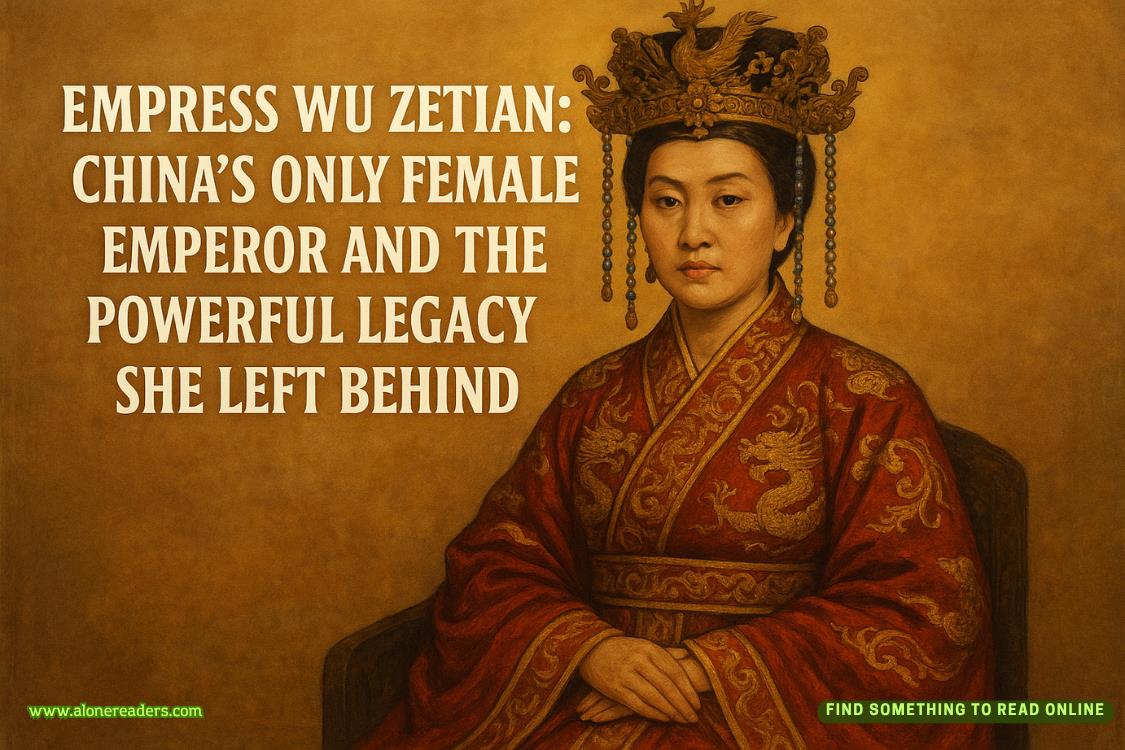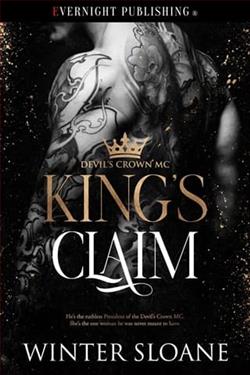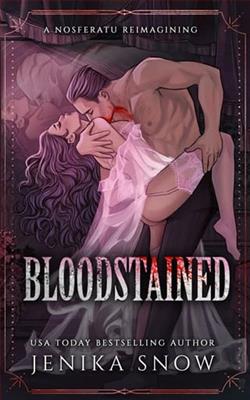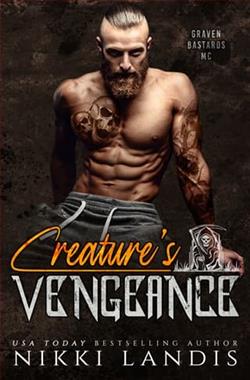Page 29 of Silent Past
"They planned this," she said quietly. "The escape, the envelope... they wanted us distracted by the caves while they made their move."
"Should I put out an APB?" Neville asked.
Sheila shook her head. "They're long gone. And something tells me those names they gave us won't lead anywhere." She pulled on a latex glove and carefully picked up the envelope. "Let's see what was worth all this theater."
Sheila carefully opened the envelope, mindful of preserving any evidence. Inside was a single sheet of paper and what appeared to be an old photograph.
The letter was handwritten in the same precise script:
Sheriff Stone,
I apologize for our abrupt departure, but there are people who would prefer we not have this conversation. My assistant and I have spent years working to protect and preserve indigenous artifacts from those who would exploit them. We are not your enemies.
Tracy Mitchell was my friend. When she contacted me about her discovery in the caves, I warned her to be careful. There are private collectors who will go to any lengths to acquire sacred objects. Some have connections to federal agencies, which is why I cannot stay to answer your questions.
The photograph enclosed shows a ceremonial gathering from 1922. Note the robes worn by the tribal elders. They match the ones found on Dr. Mitchell and, I suspect, on Thomas Kane.
These garments were stolen from the tribal museum in Window Rock in 1976. We've been tracking them ever since, trying to prevent their sale on the black market. Your killer isn't just staging murders—they're using actual ceremonial objects that were meant to be returned to the tribes.
I have to protect my sources within the indigenous communities. That's why we left. But please understand—Tracy was killed because she found something in those caves that someone wants to keep hidden. Not just artifacts, but something more.
Be careful whom you trust.
- Elena Martinez
Sheila studied the photograph. It was sepia-toned but clear, showing a group of tribal elders in elaborate ceremonial dress. The robes were unmistakable—the same intricate beadwork, the same patterns they'd seen on Mitchell and Kane.
"She's not running from us," Finn said quietly. "She's running from whoever killed Mitchell."
"And protecting her contacts in the tribal communities." Sheila set down the letter. "She thinks this is about stolen artifacts."
"But that's not all it is, is it?" Neville had moved closer, reading the letter over Sheila's shoulder.
"No." Sheila picked up the photograph again. "Martinez is right about the robes being stolen. But why would our killer use them? Why take that risk?"
Finn leaned against the interview table. "Because they mean something. The robes, the ceremonial placement of the bodies—it's all part of whatever Mitchell and Kane discovered."
Sheila gathered the evidence materials and headed for her office, Finn following. The station hummed with late evening activity, but her mind was focused on one detail—ceremonial robes stolen in 1976 had somehow ended up on two murder victims decades later.
She settled behind her desk and opened her laptop. "If these robes were stolen from Window Rock in '76, there should be a record."
"I'll check old newspaper archives," Finn said, taking a seat across from her. "Someone must have covered the theft."
They worked in comfortable silence, broken only by keyboard clicks and the occasional rustle of paper. Outside her office window, darkness had settled over Coldwater, street lights casting pools of yellow on empty sidewalks.
"Here's something," Finn said after twenty minutes. "Navajo Times, August 1976. 'Sacred Objects Stolen from Tribal Museum.'" He turned his screen so she could see. "It wasn't just the robes—they took an entire collection. Ceremonial masks, beaded garments, ritual objects. The article says they were being prepared for a special exhibition on winter ceremonies."
"Any suspects?"
"Nothing concrete. But there's a quote from the museum curator about private collectors showing unusual interest in the winter ceremony items just before the theft."
Sheila leaned back, thinking. "Martinez mentioned private collectors. Said some had federal connections."
"Which might explain Walsh's involvement." Finn scrolled through the article. "Look at this—the FBI's art crime team investigated, but the case went cold. No arrests, no recoveries."
"Until now." Sheila pulled up a database of art and antiquities dealers. "These robes had to surface somewhere in the last forty-plus years. Someone had to handle them, transport them, store them."
"That's a lot of ground to cover."















